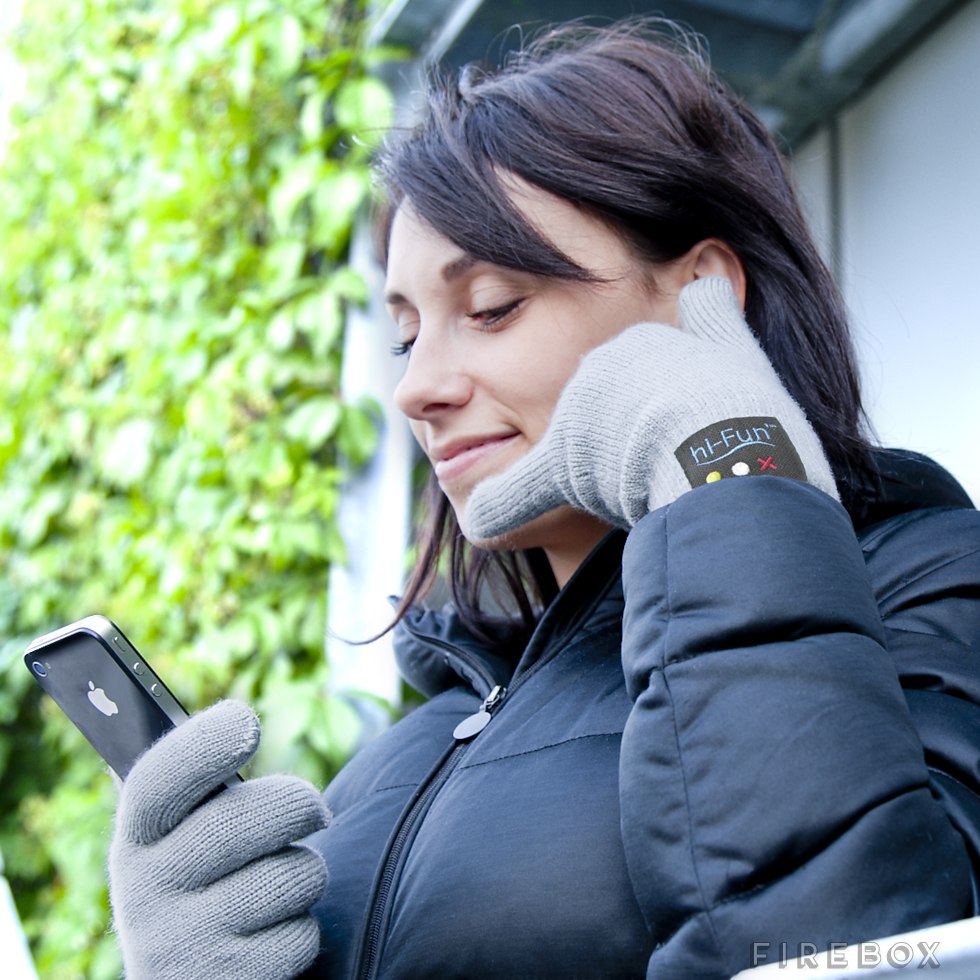Life in the Netherlands involves biking. Biking involves getting cold hands in the winter. Getting cold hands in the winter means difficulty operating your mobile phone.
It is typical, you are riding down the cycle-path, it is raining, your hands are cold, you might be wearing gloves. The phone rings. You stumble to the side of the path, take your gloves off if you are wearing them because otherwise you can’t get into the pockets of your jeans, through the waterproof trousers and take out your phone. By this time at the last second the person decides that you are not going to answer and bang… missed call with a withheld number. What was it? You will never know.
And your hands are now even colder, the touch screen does not register and in a nervous moment you drop the phone trying to put it back into your pocket with wet hands. You get off the bike, put the stand down, go to retrieve your phone (the back has come off so you have to reset various things) and the bike falls over because of the weight in the panniers.
This every-day occurrence could become a thing of the past though, thanks to a fine invention. Bluetooth gloves. Yes ladies and gentlemen, gloves that use bluetooth to operate your phone. You just press the answer button on the glove, make the phone with your fingers as you do when you are pretending to make a call or playing with the kids, and speak. The sound comes out of the thumb, and the pinky has a microphone.
Available in black or grey, mens or women’s sizes, but unfortunately only with the phone fitted in the left hand, the gloves can even be worn while operating a touchscreen. They are dry cleanable and charge with a USB.
I know what is going on my list for Santa.



